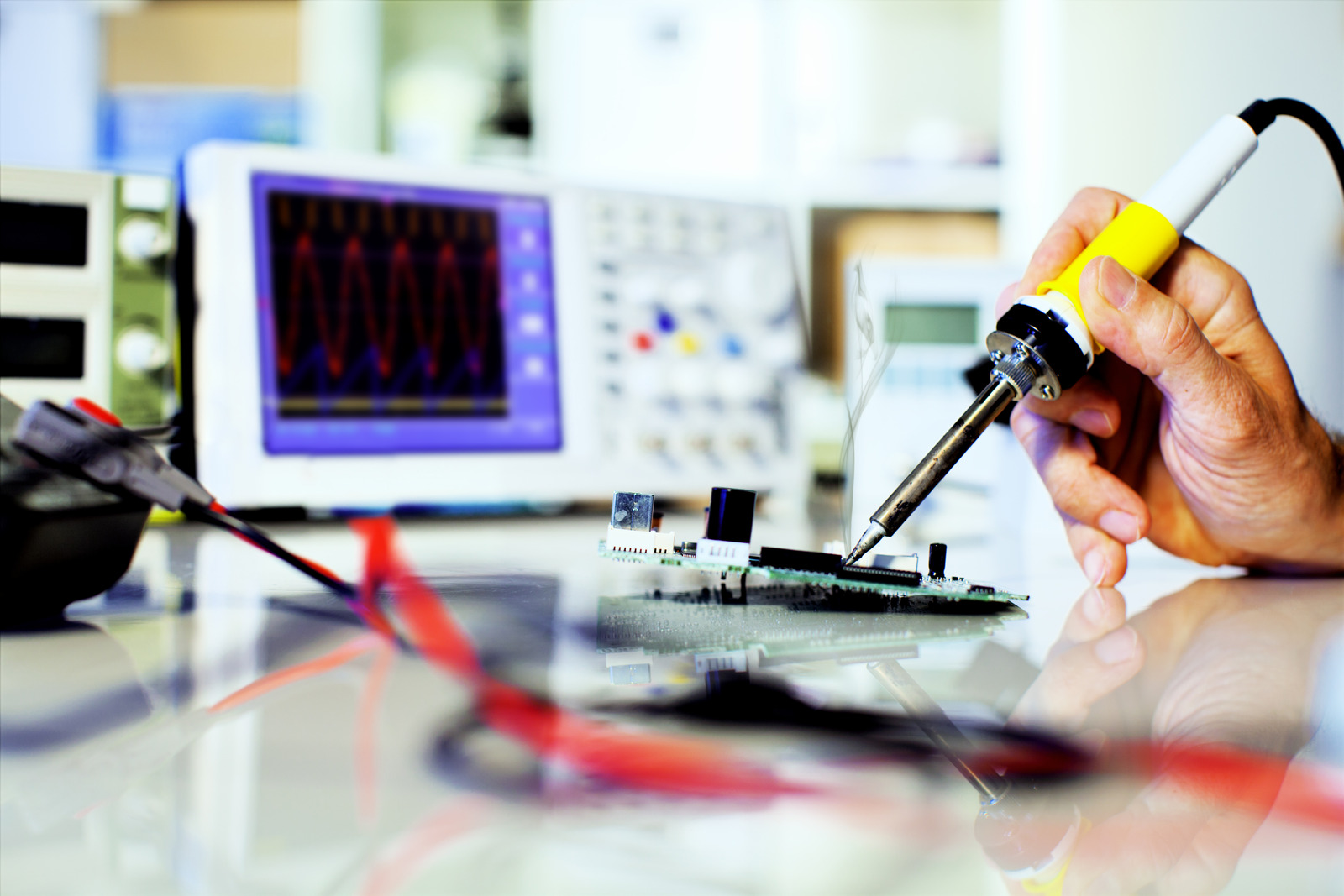Brazing training - how to get started?

Soldering can be learned on your own. This is because it is not a very complicated skill. However, if you want to make sure you do it right, you should take a special course. Especially those who want to do brazing should take a training course, as brazing requires high temperatures. It is therefore worth learning everything under the guidance of qualified staff who will properly prepare course participants to carry out this process correctly. Centre for the Development of Human Resources ERGON provides sound soldering training.
Course of training
The brazing course consists of a theoretical part provided in the form of a lecture and a practical part.
| Issue | Category |
| Physical properties of soldering | Theory |
| Preparation of the materials to be joined | Theory/Practice |
| Health and safety regulations | Theory |
| Metal susceptibility to brazing, types of binders and appropriate dosage | Theory |
| Checking the durability of the soldered connections | Theory/Practice |
| Soldering exercises on the bench | Practice |
Both theory and practice are extremely important and complement each other in soldering. That is why we have prepared the training programme in this way. In this way, you will acquire the necessary competences and skills for the soldering process. This is confirmed by a course certificate, which we issue at the very end of the course.
Who is the course designed for?
If you are going to work with brazing, you should consider taking a brazing training course. It will be very useful, as this type of brazing requires knowledge of health and safety regulations. Above all, those involved in welding pipes or making ventilation or refrigeration systems will need such a course. If you just want to start working on such jobs, employers will look much more favourably on someone who has already received training in this area. A minimum age of eighteen years is required to take the course. Those who have contraindications to the job will not be able to take the training. In addition, you must have at least a basic education.
More details

Whether you are an employer and are considering training for your employees or you intend to work for a soldering company and want to increase your chances of getting in - in either case, we recommend enrolling on a course at the ERGON Centre for Staff Improvement. Its form may be open, i.e. for everyone interested in broadening their competences, or closed - possible when the training is organised for an organised group (e.g. from one workplace). We ensure the highest quality of teaching thanks to qualified lecturers and modern equipment at our disposal. With us, theory is not monotonous - we activate our participants in a variety of ways so that they better remember the information our instructors impart. We carry out the practical exercises with poise and full precision, in order to best translate the factual knowledge into experience. We know that cost is an important criterion when choosing a course. In our centre, this is very attractive - especially for larger organised groups, for whom we offer discounts. A set of training materials is included in the training price.
A few words on soldering

Let's now look at what the brazing process itself is. It is said to be an alternative to welding due to the fact that this is not always possible (e.g. on smaller surfaces). Soldering provides a permanent connection between two metals through a bonding agent. A proper bonding of the materials is obtained when they are properly cleaned of various greases, dirt or rust. The brazing technique is used in many industries, for example in telecommunications or the electronics industry. It is also used in the automotive workshop and, more specifically, in sheet metal work. A distinction is made between soft soldering, i.e. soldering which takes place at temperatures of up to 450°C and hard - this in turn takes place at temperatures of up to 900°C. It is worth knowing that soldered connections are extremely durable and have properties that allow them to conduct electricity, making it possible to connect integrated circuits that do not need the use of welding.
Soldering process
During soldering, there is a wetting process that takes place on the surface to be soldered. In order for the solder to form, the wettability and flowability of the solder must be adequate. The former determines how much the solder will wet our material and the latter determines how it will spread over the material. A flux is also needed for the soldering process to reduce the oxides present on the surface of the material and to prevent oxidation. Importantly, this substance may already be contained in the lute. If it is not, flux needs to be added. The most important part of the soldering iron is its tip, which is coated with various materials to ensure that our materials are properly joined. It should be cared for by cleaning it with a damp sponge. The most common mistake is to clean the tip with sandpaper - this should never be done, as this component starts to deteriorate and becomes rough. The mainsail should be shiny and smooth. Roughness can contribute to corrosion of this part of the soldering iron, resulting in the whole device being unusable. It is therefore worth taking care of this as it will help the soldering tip to last longer.
To sign up for a course, we invite you to contact us by phone or via our contact form available on our website.





































